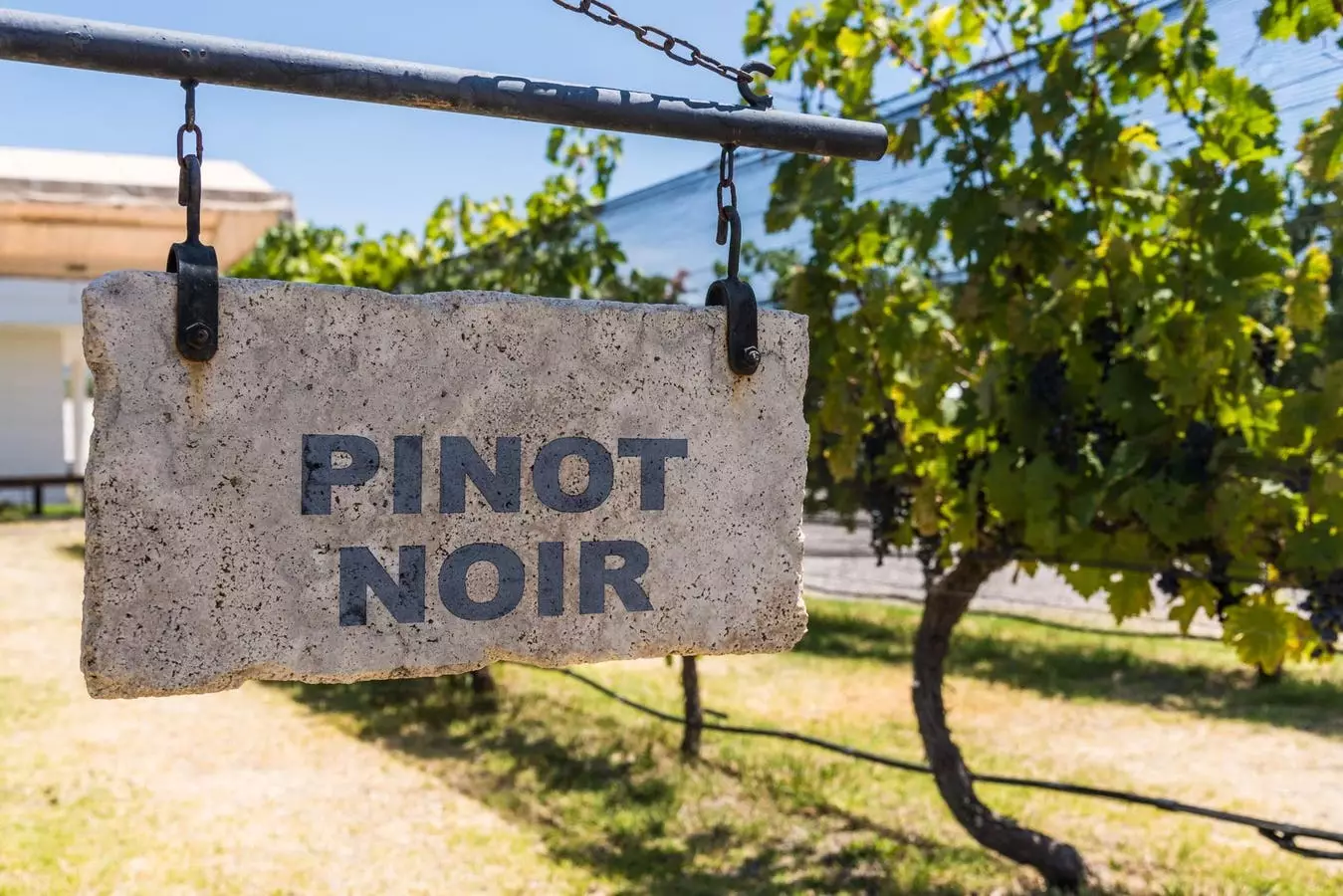Pinot Noir is a prestigious red wine that has its roots deeply embedded in the rolling vineyards of Burgundy, France. Originating from France, Pinot Noir grapes have a rich history, initially cultivated by the Cistercian monks in Burgundy. Over time, collectors have come to treasure Pinot Noir for its finesse and age-worthiness, with the most coveted bottles hailing from the famous vineyards of Burgundy. However, due to the grape’s delicate nature and resistance to growth, Pinot Noir has become one of the most expensive wines in the world.
As the wines of Burgundy gained international acclaim, winemakers across the globe sought to replicate the success of this renowned region. This led to plantings of Pinot Noir in various countries, ranging from Switzerland and Germany to New Zealand and Chile. However, Pinot Noir thrives best in cooler climates, as the grape’s acidity, delicacy, and finesse are lost in warmer regions. Today, countries like France, Switzerland, New Zealand, and the United States (California and Oregon) are known for producing some of the finest Pinot Noir wines worldwide.
Pinot Noir is revered for its dry, light to medium-bodied profile, characterized by bright acidity, silky tannins, and alcohol content usually between 12% and 15%. The wine boasts a complex array of flavors, including cherry, raspberry, mushroom, and earthy forest floor notes, with hints of vanilla and baking spice when aged in French oak barrels. The taste of Pinot Noir varies depending on climate and winemaking style, with cooler climates producing delicate, light-bodied wines, and warmer regions yielding richer, fuller-bodied variations.
The alcohol content of Pinot Noir varies based on its growing conditions, with cooler regions like France and Germany generally producing wines with 12-13.5% alcohol by volume (ABV), while warmer climates like California and Australia can result in levels ranging from 14-15.5%. Weather conditions during the vintage also play a significant role in determining the final alcohol content of the wine.
Despite its luscious red fruit flavors and high acidity, Pinot Noir is predominantly produced in a dry style. The natural sugars in the grape must are converted into alcohol through fermentation, resulting in a fully dry wine. In some cases, a minimal amount of residual sugar may be left behind intentionally to enhance the wine’s richness, but Pinot Noir is typically considered a dry wine with only a trace of residual sugar.
Pinot Noir, like all wines, contains calories primarily derived from alcohol. A standard 5-ounce serving of Pinot Noir typically has around 125 calories, with a 750ml bottle totaling 625 calories. Depending on residual sugar levels, the wine may also contain a small amount of carbohydrates. Pinot Noir is best enjoyed slightly chilled, with serving temperatures ranging from 55-65°F to capture the full spectrum of its delicate flavors and aromas.
Pinot Noir’s vibrant fruit flavors, lively acidity, and elegant style make it a versatile wine for food pairings. Light red meats like duck and lamb, along with white meats such as turkey, pork, and chicken, complement the wine’s nuances well. Fuller-flavored fish like salmon and earthy ingredients like mushrooms and herbs enhance the savory elements of Pinot Noir. However, dense, heavily flavored foods may overpower the wine’s delicate characteristics.
Pinot Noir stands out among other red grape varieties like Cabernet Sauvignon and Merlot due to its light to medium body, high acidity, and bright fruit flavors. While Pinot Noir is prized for its finesse and elegance, Cabernet Sauvignon offers a bolder, tannic profile with deeper color and higher alcohol content. On the other hand, Merlot is known for its rich, tannic character and darker hue, making it a distinctive counterpart to the delicate nuances of Pinot Noir.
Pinot Noir is a wine of great sophistication and elegance, embodying the essence of its Burgundian roots while captivating wine enthusiasts worldwide with its ethereal flavors and timeless appeal. Whether enjoyed on its own or paired with a delectable meal, Pinot Noir remains a hallmark of excellence in the world of red wines.


Leave a Reply